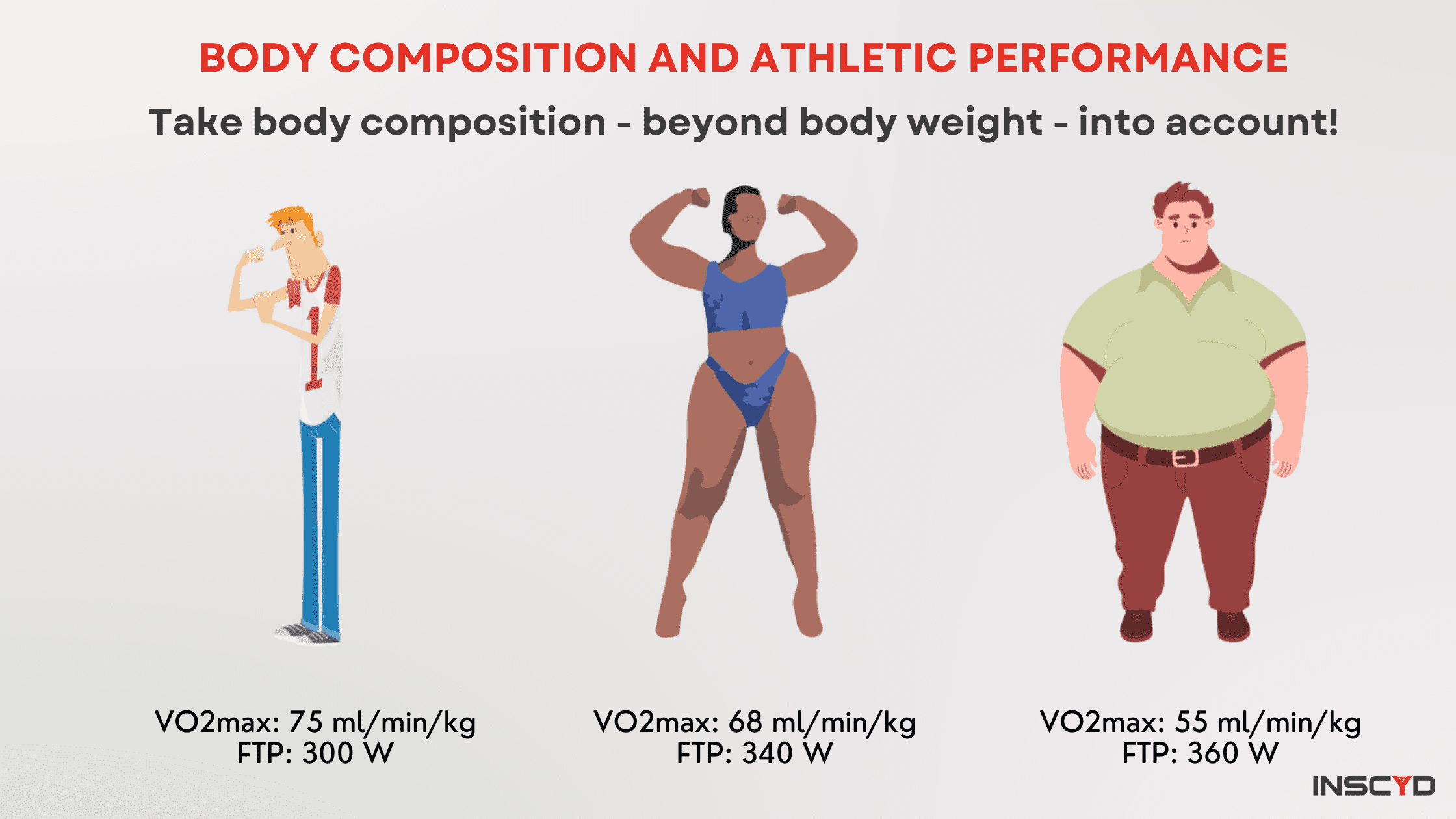
Introduction
In the evolving landscape of fitness, the shift from generic workout plans to personalized training regimens has been revolutionary. One of the most significant advancements in this field is the use of“body composition data”—detailed measurements of fat mass, muscle mass, water percentage, and bone density—to tailor exercise programs for individuals. Unlike traditional weight scales or Body Mass Index (BMI), which offer limited insights, body composition analysis provides a comprehensive understanding of an individual’s physique, enabling more effective and scientifically grounded fitness strategies.
This essay explores how body composition data enhances workout personalization, leading to improved performance, injury prevention, and long-term health benefits. By examining the role of advanced assessment tools, the customization of training programs, and the integration of nutrition and recovery, we will demonstrate why body composition analysis is becoming indispensable in modern fitness.
1. Understanding Body Composition and Its Measurement
What Is Body Composition?
Body composition refers to the proportions of fat, muscle, water, and bone in the body. Unlike BMI—which only considers height and weight—body composition provides a detailed breakdown of where weight comes from, helping distinguish between fat loss and muscle gain.
Tools for Measuring Body Composition
Several methods are used to assess body composition, each with varying levels of accuracy and accessibility:
Dual-Energy X-ray Absorptiometry (DEXA): The gold standard, providing precise measurements of fat, muscle, and bone density.
Bioelectrical Impedance Analysis (BIA): Commonly found in smart scales and handheld devices, estimating body fat and hydration levels via electrical signals.
Skinfold Calipers: A cost-effective method measuring subcutaneous fat at different body sites.
Air Displacement Plethysmography (Bod Pod): Measures body volume to estimate fat and lean mass.
These tools allow fitness professionals and individuals to track changes over time, ensuring workouts are adjusted based on real data rather than guesswork.
2. Customizing Workouts Based on Body Composition Data
Tailoring Exercise for Fat Loss
Individuals with a higher body fat percentage benefit from workouts that maximize calorie burn while preserving muscle. Strategies include:
High-Intensity Interval Training (HIIT): Short bursts of intense exercise followed by rest, proven to enhance fat oxidation.
Compound Strength Training: Exercises like squats and deadlifts engage multiple muscle groups, increasing metabolic rate.
Moderate Cardio: Steady-state cardio (e.g., jogging, cycling) helps sustain a calorie deficit without excessive muscle loss.
Optimizing Muscle Growth
For those with “low muscle mass”, resistance training must be prioritized:
Progressive Overload: Gradually increasing weights to stimulate hypertrophy.
Volume and Frequency: nHigher sets and reps (e.g., 3-5 sets of 8-12 reps) promote muscle growth.
Protein Timing: Consuming protein post-workout aids muscle recovery and synthesis.
Enhancing Athletic Performance
Athletes require sport-specific conditioning based on their body composition:
Endurance Athletes (e.g., runners, cyclists): Focus on “low body fat” while maintaining muscle to optimize power-to-weight ratio.
Strength Athletes (e.g., powerlifters):Prioritize “lean mass gains” without excessive fat accumulation.
Team Sport Players (e.g., soccer, basketball):“Balance” “explosiveness and endurance” through a mix of strength and conditioning.
3. Preventing Injuries and Overtraining
Identifying Muscle Imbalances
Body composition scans can reveal “asymmetries” (e.g., one leg stronger than the other), which may lead to injuries if unaddressed. Corrective exercises (e.g., single-leg squats, unilateral rows) help restore balance.
Avoiding Overtraining
Excessive training without proper recovery can lead to “muscle loss, fatigue, and hormonal imbalances”. Body composition data helps by:
- Monitoring “muscle recovery rates”(via hydration and protein turnover).
- Detecting “increased cortisol levels” (linked to overtraining) through indirect biomarkers.
Adjusting Workouts for Age and Gender
“Women”typically have higher body fat percentages; training should account for hormonal fluctuations.
Older Adults may need more protein and resistance training to combat age-related muscle loss (sarcopenia).
4. Tracking Progress Beyond the Scale
Why Weight Alone Is Misleading
A person may lose fat but gain muscle, resulting in no change in weight—yet their body composition improves significantly. Tracking body fat percentage and muscle mass provides a clearer picture of progress.
Long-Term Motivation
Seeing fat loss and muscle gain trends (via DEXA or BIA) keeps individuals motivated, as they observe tangible improvements beyond just "looking leaner."
5. Integrating Nutrition and Recovery
Personalized Diet Plans
High-Protein Diets: Essential for muscle retention during fat loss.
Carbohydrate Cycling:Adjusting carb intake based on activity levels (more on training days, less on rest days).
Hydration Monitoring: Body composition devices track water retention, helping optimize fluid intake.
Recovery Optimization
Sleep Tracking: Poor sleep increases fat retention and hinders muscle recovery.
Active Recovery: Low-intensity workouts (e.g., yoga, swimming) help maintain mobility without overstressing muscles.
Conclusion
Body composition data has revolutionized fitness by enabling truly personalized workouts that align with individual goals—whether fat loss, muscle gain, or athletic performance. By moving beyond simplistic metrics like weight and BMI, individuals can optimize training, prevent injuries, and sustain long-term health.
As technology advances, body composition analysis will likely become a standard in fitness, making tailored training accessible to everyone. Future developments, such as AI-driven recommendations and wearable body composition trackers, will further refine workout personalization, ensuring that fitness strategies are as unique as the individuals following them.
 Hot News
Hot News2024-12-16
2024-11-21
2024-10-17
2024-09-06
2024-01-24
2024-01-10